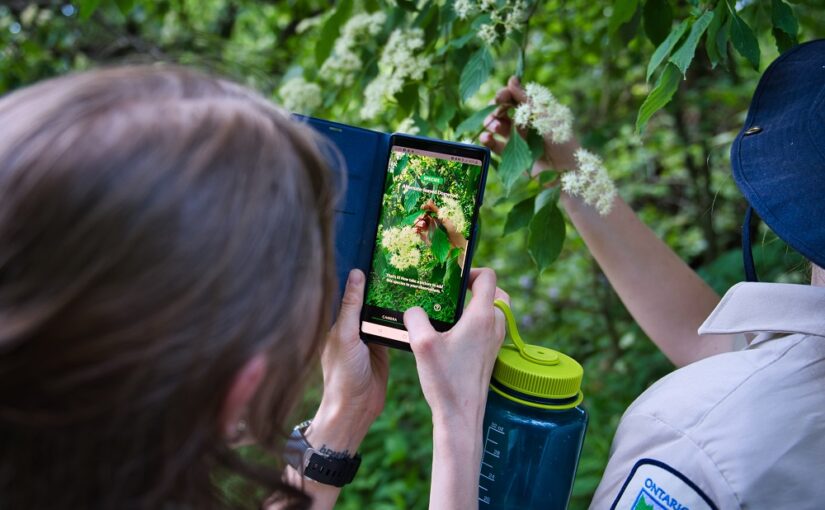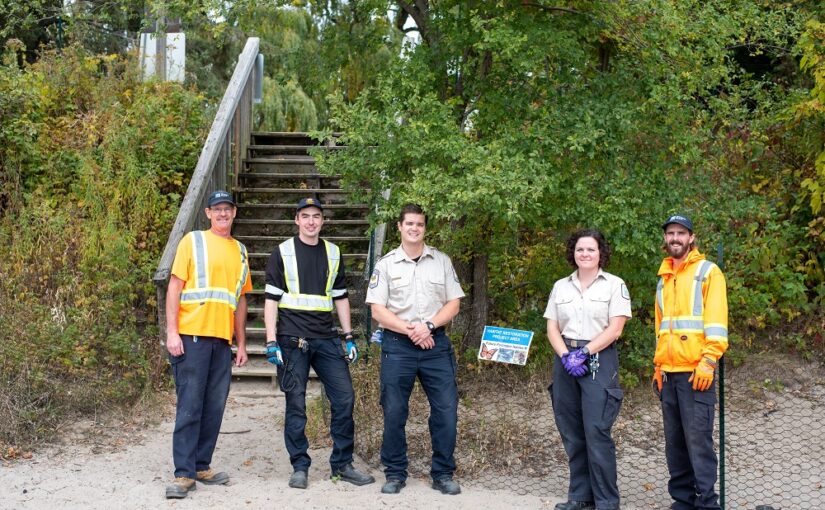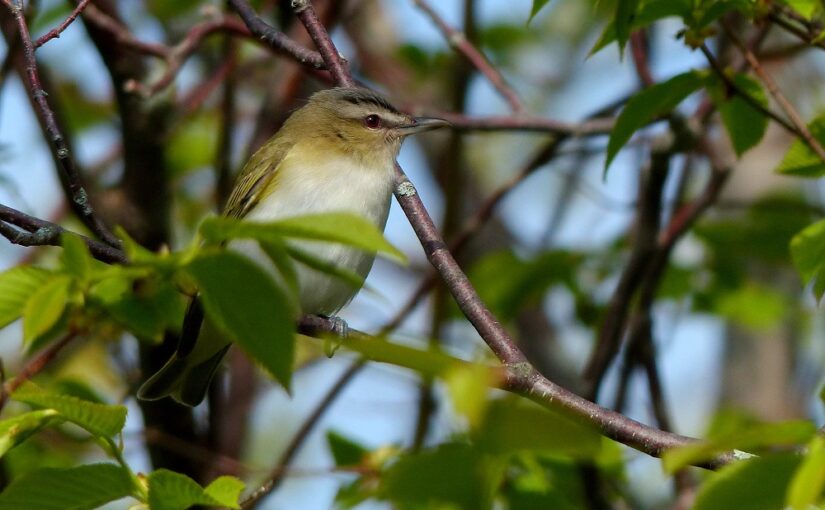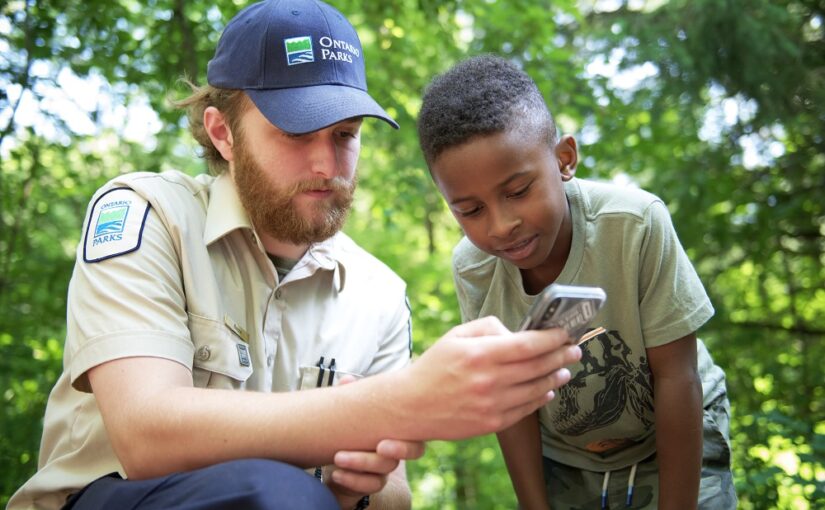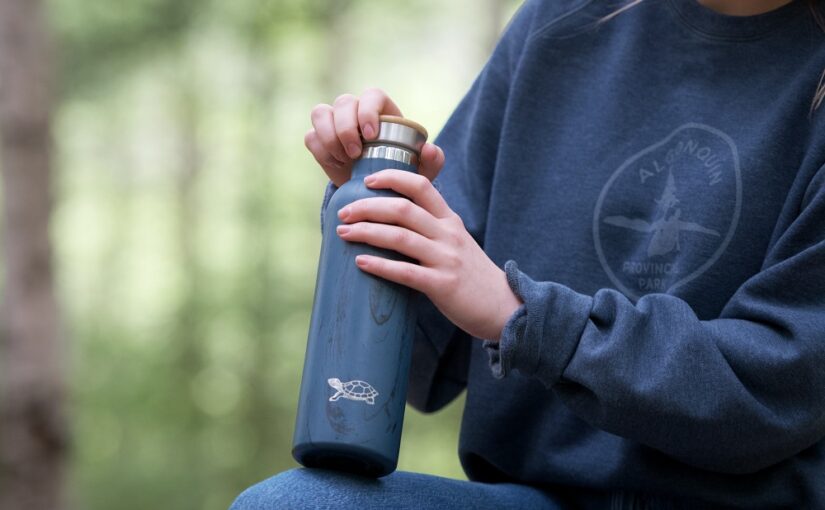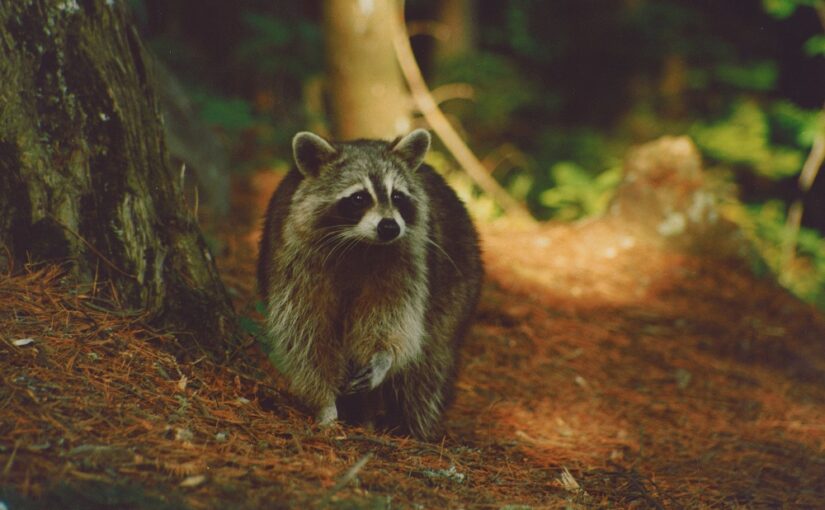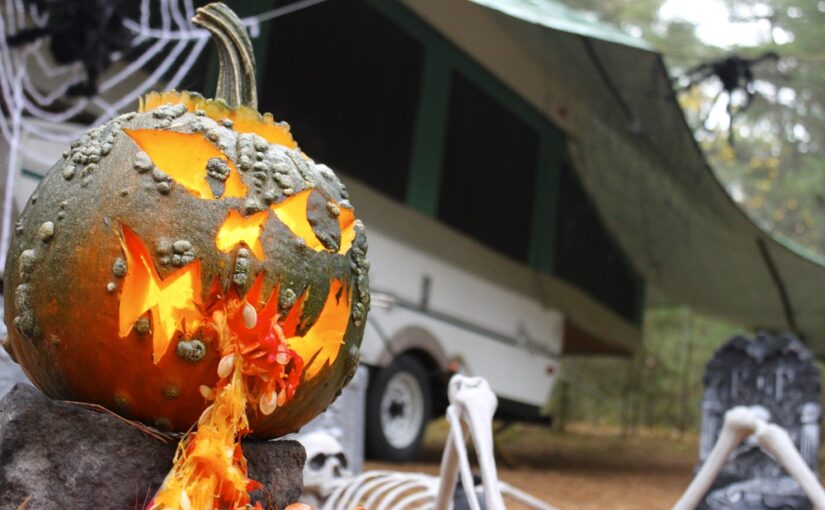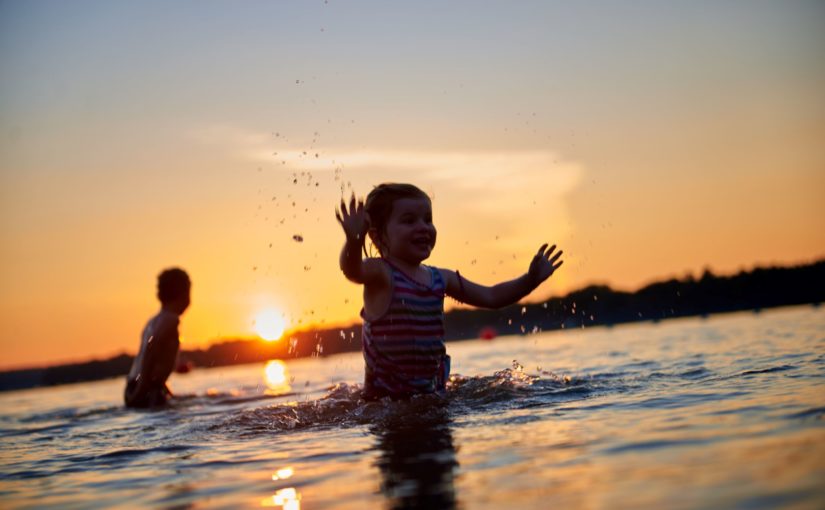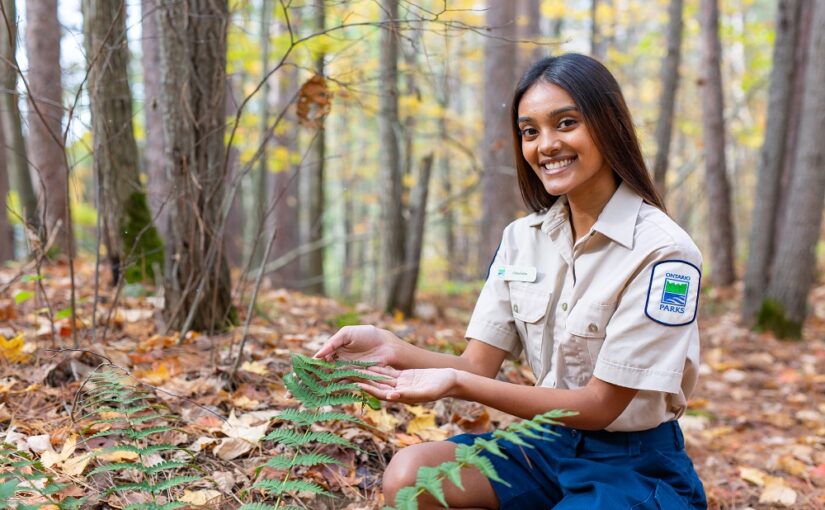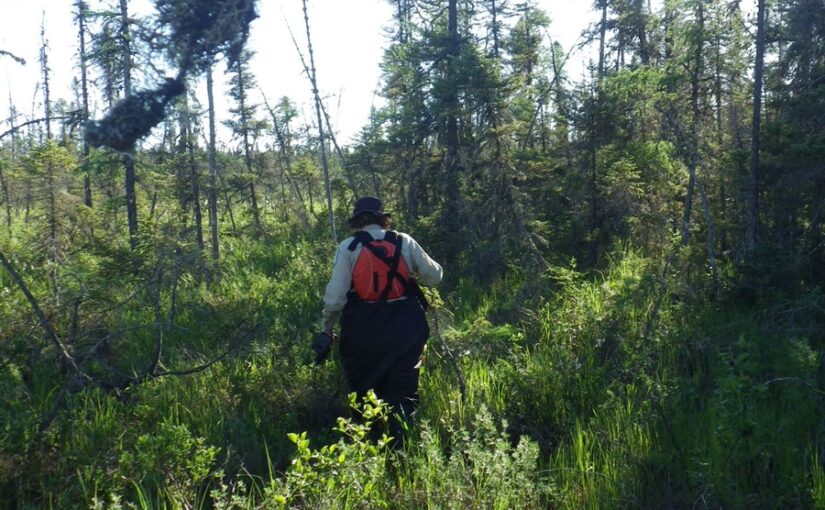We’ve made the switch from citizen science to community science.
Here at Ontario Parks, we love it when our visitors can get involved in science.
From iNaturalist to Bumblebee Watch, eBird, bioblitzes, and more, volunteers help us to collect important information about our parks.
These efforts help us to understand how plant and animal populations are changing over time, and help us to discover previously unknown populations of rare species. They also allow us to react quickly if someone discovers an invasive species in a new area.
